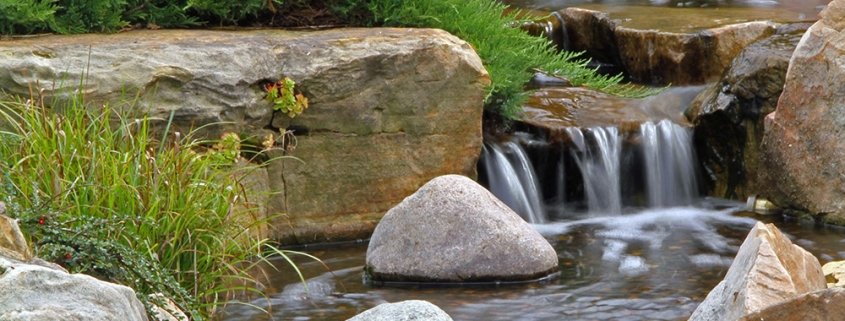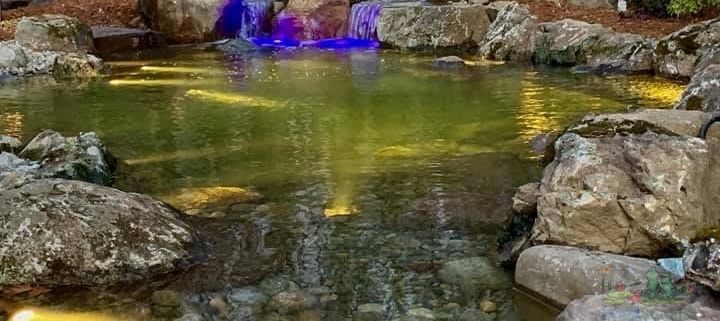Natural Backyard Swimming Pond Installation Tips
These eco-system swimming creations are environmentally-friendly and will protect you.
If you care about the Earth, or if you hate the way your skin smells and feels after swimming in a chlorinated pool, consider going au naturale.
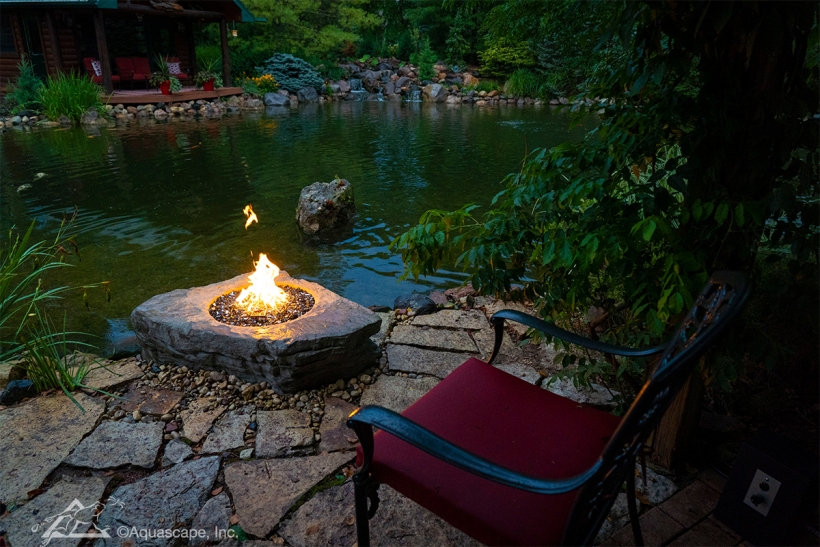
What is a swimming pond?
Split 50/50 to accommodate vegetation and swimming, its been dubbed the swimming pond as the new and improved backyard pond.
The plant section of the pond is around a foot deep, while the swimming area typically ranges from six-and-a-half to eight feet deep. Timber usually separates the two zones.
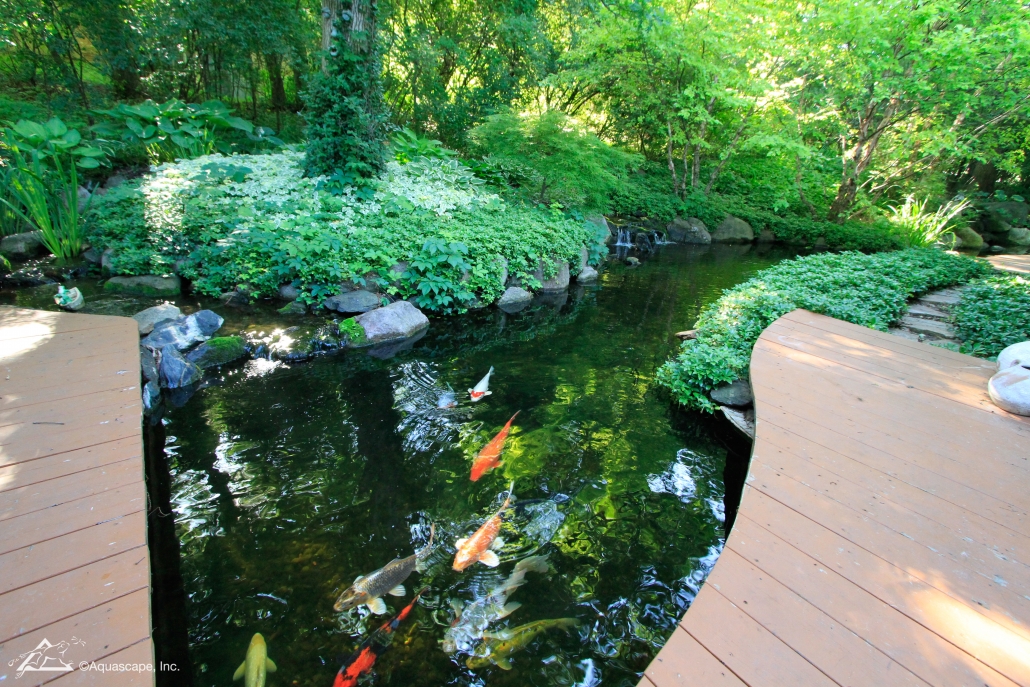
How clean is it without chemicals?
Very. The regeneration portion isn’t just there for ambiance, it’s also the pond’s natural filter.
Plants like flag irises and water lilies keep phosphate levels in check while getting rid of nitrates so there’s no algae. Gravel also plays a role in filtering the pond.
To keep the water moving, go the scenic route with a waterfall or install a small pump — this will also help keep the pond clean.
Bonus: Your natural oasis will attract wildlife (think dragon flies, birds, tadpoles.), which will help control pesky insects. To avoid snakes, the surrounding grass is kept as short as peach fuzz.

Does a swimming pond cost more than a pool?
The upfront payment is more expensive because of the regeneration zone, but the cost per square foot is about the same.
Thinking ahead, the initial cost pays off. Unheated natural ponds evaporate less than normal pools, don’t have energy costs, and you save around $350-500 on chemicals and chlorine.
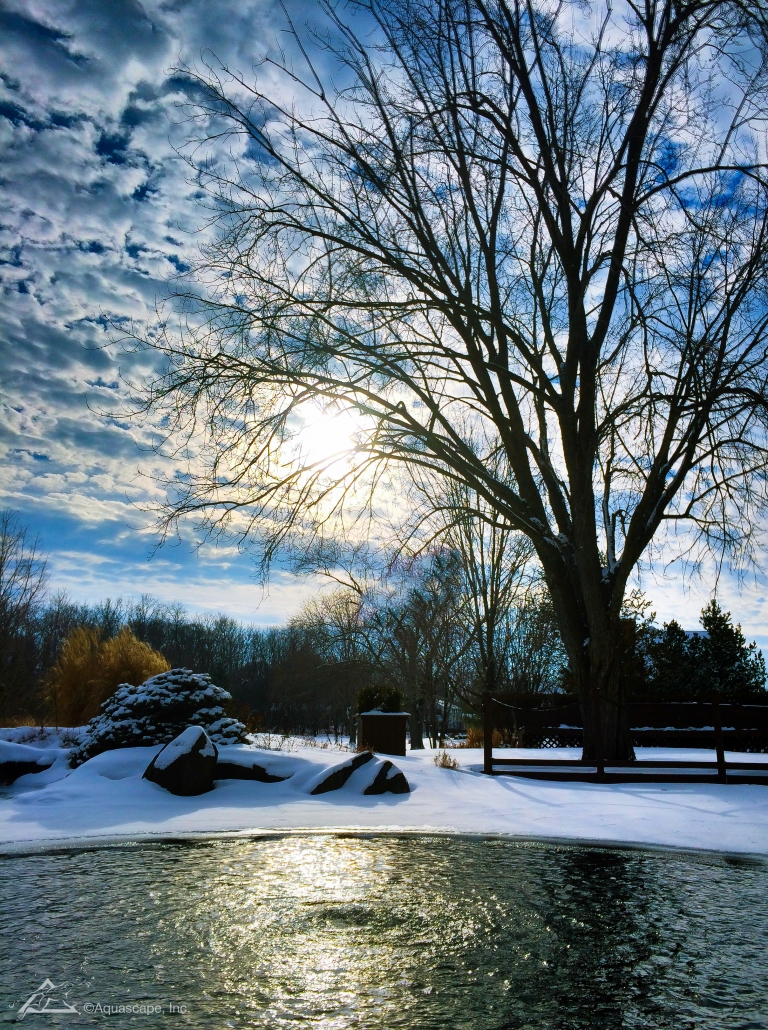
How much does a swimming pond cost?
The design you choose plays into the overall cost of installation!
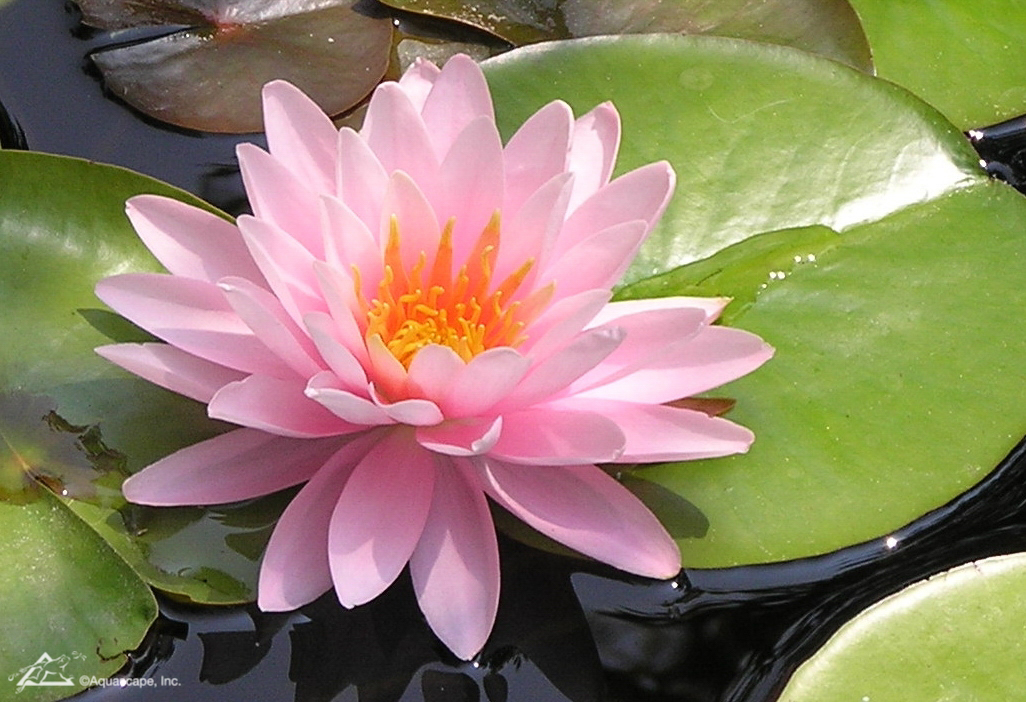
Is it maintenance-heavy?
According to Aquascapes, a pond requires less maintenance than a pool. You don’t have to worry about chemicals, the pond essentially cleans itself, and you can keep it uncovered and full during the winter (ponds make great ice-skating rinks).
Tend to it as you would a garden — and make sure the surface is skimmed.

Is this really something people are doing?
While the trend is still developing in the U.S., Europe is all over natural swimming ponds and pools. The idea originated in Austria and Germany in the 1980s and has evolved from there. Last month, the UK unveiled its first man-made public swimming pond in London!

Long stream with multiple waterfalls flowing to a beautiful pond
Beyond Beauty: Enhancing Cincinnati’s Ecosystem with Backyard Ponds
Hello
Cincinnati, known for its vibrant culture and stunning landscapes, has much more to offer beyond its picturesque cityscape. As residents seek to create their own pockets of tranquility, backyard ponds have emerged as not just aesthetic additions but as vital contributors to the local ecosystem. In this blog post, we’ll explore how these water features go beyond beauty to benefit the diverse wildlife of Cincinnati.
Biodiversity Boost:
Backyard ponds play a crucial role in supporting local biodiversity. Cincinnati’s ecosystem thrives on the presence of various flora and fauna, and a well-designed pond can attract a plethora of wildlife. Native plants around the pond provide food and shelter for insects, amphibians, and birds, creating a balanced and sustainable habitat.
Habitat Haven:
Many species of amphibians, such as frogs and salamanders, rely on water for breeding and shelter. Backyard ponds serve as miniature wetlands, offering these creatures a safe haven to lay their eggs and raise their young. The gentle sound of water can also attract birds, turning your backyard into a refuge for local winged species.
Pollinator Paradise:
Cincinnati, like the rest of the world, is grappling with the decline of pollinator populations. Backyard ponds can act as a magnet for essential pollinators like bees and butterflies. The water provides them with a drinking source, while the surrounding plants offer nectar and pollen, aiding in the preservation of these crucial species.
Cincinnati, nestled along the banks of the Ohio River, boasts a unique ecosystem that is home to a rich diversity of plant and animal life. Backyard ponds, strategically designed with an understanding of the region’s flora and fauna, become integral contributors to this local biodiversity. The city’s ecosystem is characterized by native plants such as the Ohio goldenrod, purple coneflower, and spicebush, which thrive in the region’s distinct climate. When incorporated around a well-designed pond, these native plants offer a buffet of food sources for local insects, including butterflies and bees, ensuring the survival of pollinators crucial for the reproduction of both plants and local crops.
Moreover, the pond’s edge becomes a vital habitat for amphibians native to Cincinnati, such as the Eastern American toad and the Northern spring peeper. These creatures rely on water for breeding, and a thoughtfully crafted pond provides a safe haven for their reproduction. The proximity of water also attracts a variety of bird species commonly found in the Cincinnati area, like the Northern cardinal, Eastern bluebird, and red-winged blackbird. Native plants around the pond act as natural shelters and food sources, fostering a balanced and sustainable habitat that supports the entire local ecosystem.
Cincinnati’s backyard ponds, when designed with consideration for the region’s unique characteristics, go beyond being mere aesthetic features. They become dynamic ecosystems that contribute to the overall health of the city’s biodiversity, creating a harmonious coexistence between nature and the urban environment.
As Cincinnati residents increasingly embrace the idea of creating mini-ecosystems in their backyards, the benefits to local wildlife become ever more apparent. Beyond their aesthetic appeal, backyard ponds are essential contributors to the region’s biodiversity, providing habitats for various species and supporting the delicate balance of nature. By recognizing the significance of these water features, we can transform our backyards into not just beautiful spaces but thriving ecosystems that contribute to the overall health of Cincinnati’s natural environment.
Check out our store for all your water gardening needs! Aquascape products are Aquascape Inc. Certified.
Thanks for reading at Meyer Aquascapes! We hope you’ve enjoyed our post on garden pond design. Please leave a comment below if you liked it or have any questions. We’d love to hear from you! Thanks for stopping by!


